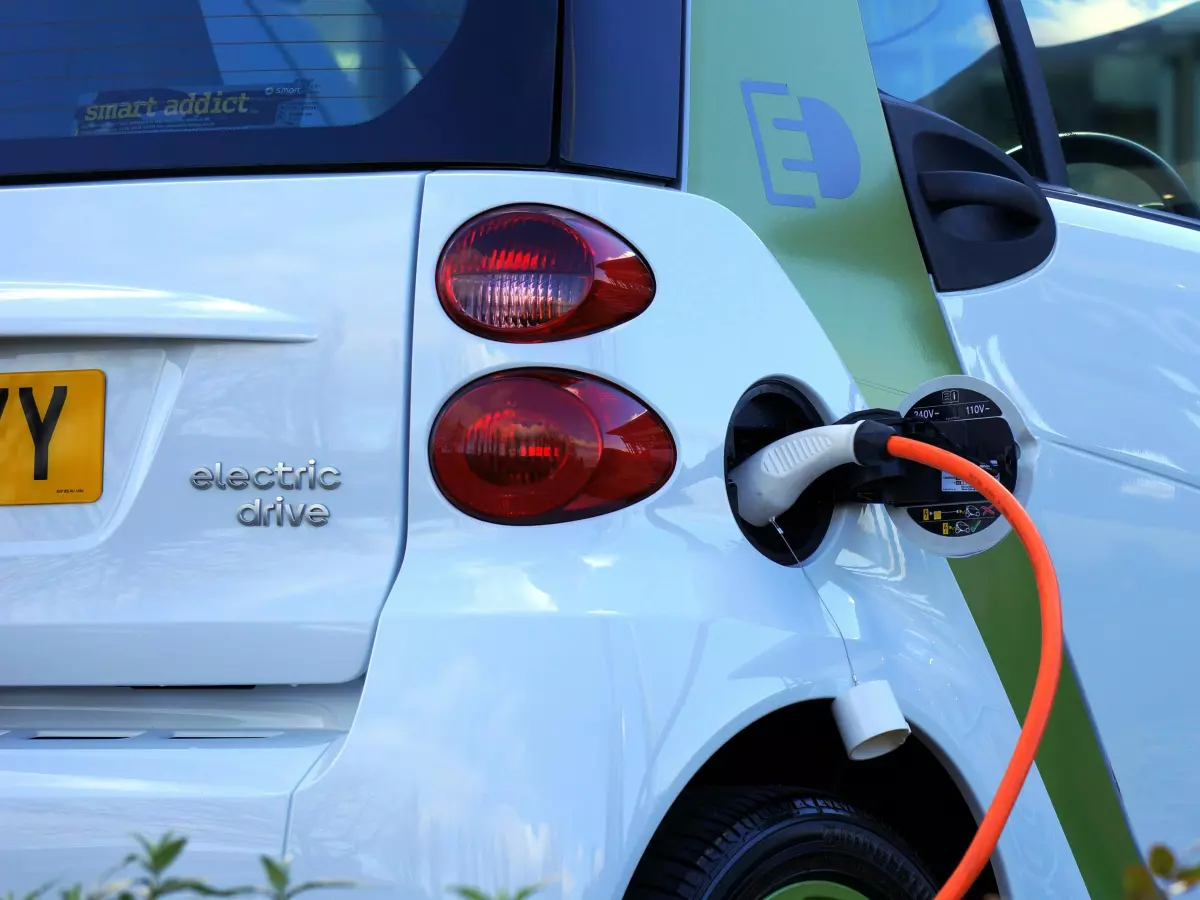Charging Roadblocks
Building an electric vehicle (EV) charging infrastructure sounds simple: plug in, charge up, and drive off. But the reality is far more complex, and the challenges are stacking up faster than you can say 'range anxiety.' So, what’s the holdup?

By Carlos Martinez
According to industry experts, the road to a seamless EV charging network is paved with more than just good intentions. In fact, the infrastructure needed to support the growing number of EVs is lagging behind, and it’s not just about installing more chargers. There are technical, financial, and logistical hurdles that need to be overcome.
Let’s break down the five key challenges that are slowing down the development of EV charging infrastructure and what they mean for the future of electric mobility.
1. Grid Capacity: Can the Grid Handle It?
First up, the elephant in the room: the power grid. As more EVs hit the road, the demand for electricity is skyrocketing. But here’s the kicker—our existing power grids were never designed to handle such a massive increase in demand. The infrastructure is aging, and in many places, it’s already struggling to keep up with current needs, let alone the additional load from millions of EVs.
Upgrading the grid to handle this demand isn’t just a matter of flipping a switch. It requires significant investment, time, and coordination between utilities, governments, and private companies. And until these upgrades happen, we’re going to see bottlenecks in charging availability, especially during peak hours.
2. Charging Speed vs. Cost: The Balancing Act
We all want faster charging, right? But here’s the catch—ultra-fast chargers are expensive to install and maintain. The faster the charger, the more strain it puts on the grid, and the more it costs to operate. This creates a tricky balancing act between providing fast, convenient charging and keeping costs manageable for both consumers and charging network operators.
While fast chargers are great for long trips, they’re not always necessary for daily commutes. The challenge is figuring out where to place these high-speed chargers and how to make them financially viable without passing exorbitant costs onto drivers. It’s a classic case of 'you can’t have your cake and eat it too.'
3. Standardization: The Wild West of Charging Ports
Imagine if every gas station had a different type of fuel nozzle, and you had to find the one that fit your car. That’s pretty much the situation with EV charging ports right now. Different automakers use different charging standards, which means not every charger is compatible with every EV.
This lack of standardization is a major headache for both consumers and charging network operators. It’s like the VHS vs. Betamax battle all over again, but this time it’s about charging cables. Until the industry agrees on a universal standard, EV drivers will continue to face compatibility issues, and charging networks will have to invest in multiple types of chargers to accommodate different vehicles.
4. Rural Areas: The Charging Desert
While urban areas are seeing a boom in charging stations, rural areas are being left in the dust. The lack of charging infrastructure in less populated regions is a major barrier to widespread EV adoption. After all, what good is an electric vehicle if you can’t charge it on a road trip through the countryside?
The problem here is twofold: first, it’s expensive to install chargers in remote areas where there may not be enough demand to justify the cost. Second, the power grid in these areas is often less robust, making it even more challenging to support high-speed charging stations.
Solving this issue will require creative solutions, such as mobile charging units or incentives for companies to build in underserved areas. But until then, rural EV drivers may find themselves stuck in a 'charging desert.'
5. Software Integration: The Brain Behind the Charger
Finally, let’s talk software. Charging an EV isn’t just about plugging in and waiting—it’s a highly coordinated dance between the vehicle, the charger, and the grid. And that dance is only as smooth as the software behind it.
Right now, there’s a lack of integration between different charging networks, vehicles, and grid operators. This leads to inefficiencies, such as chargers being offline when they’re needed most or vehicles not charging at optimal times for the grid. The solution? Smarter software that can manage charging loads, predict demand, and communicate seamlessly between all parties involved.
But developing and deploying this software takes time, and until it’s fully integrated, we’re going to see hiccups in the system.
The Road Ahead
So, where does that leave us? The future of EV charging infrastructure is full of promise, but it’s also fraught with challenges. From grid capacity to software integration, there are a lot of moving parts that need to come together to create a seamless, efficient charging network.
The good news is that progress is being made, and governments and private companies are investing heavily in solving these problems. But for now, we’re still in the early stages of building the infrastructure needed to support a fully electric future.
So, the next time you pull up to a charging station, remember: there’s a lot more going on behind the scenes than meets the eye. And while the road ahead may be bumpy, the destination is worth the journey.





